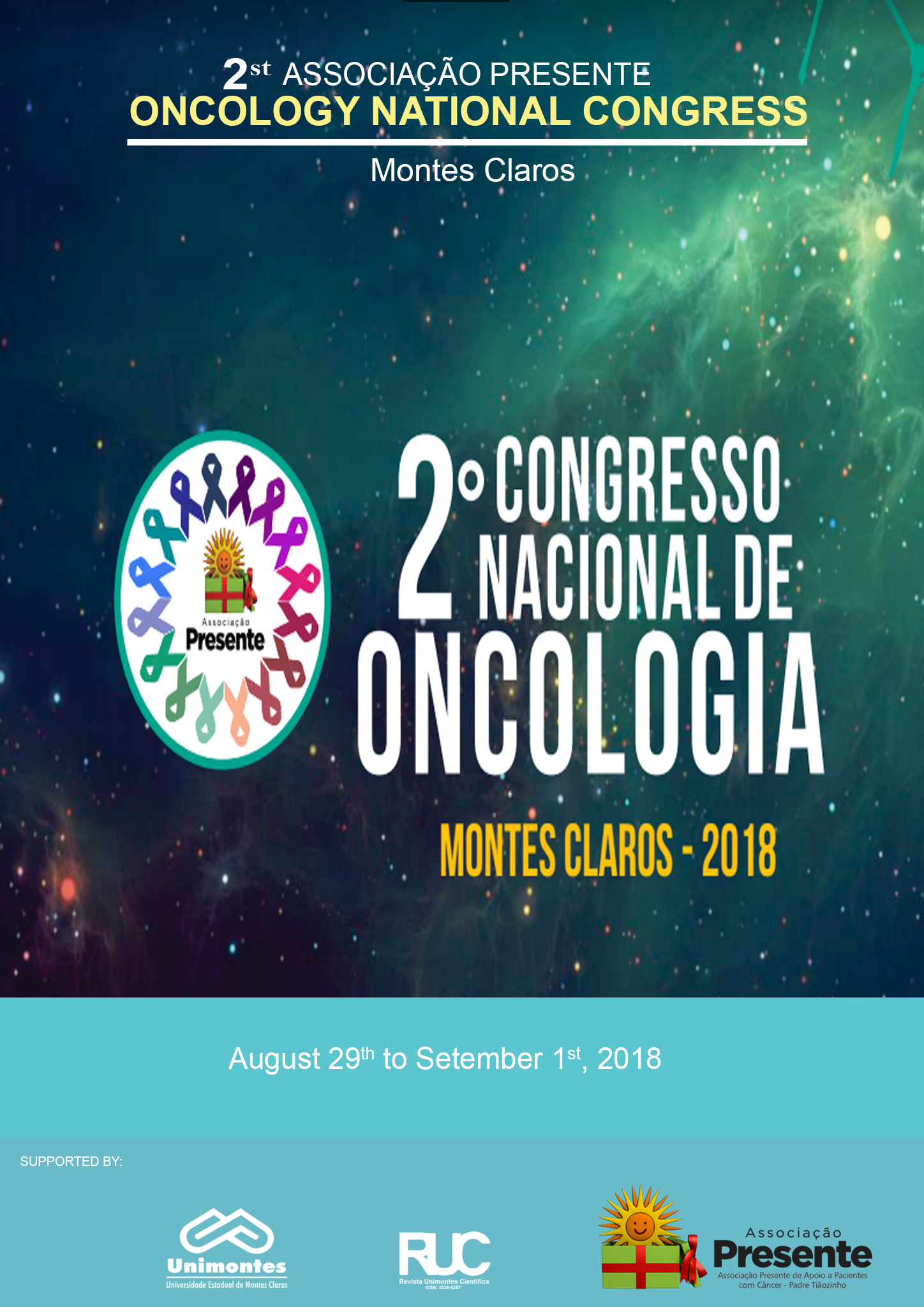Lifestyle and internet use: addiction and its correlations
Palavras-chave:
Internet; Addiction; Students; Dependência; Estudantes.Resumo
ESTILO DE VIDA E USO DA INTERNET: ADICÇÃO E SUAS CORRELAÇÕES
Resumo: Objetivo: analisar a correlação das dimensões do estilo de vida de estudantes com a adição em internet. Metodologia: Trata-se de um estudo transversal, quantitativo, analítico em uma amostra composta por 966 alunos do ensino médio público e privado de Montes Claros-Minas Gerais. Foi aplicado um questionário que aborda variáveis sociodemográficas e de formação. Foram utilizados também os questionários Estilo de Vida Fantástico e o Internet Addiction Test. O coeficiente de correlação de Pearson foi usado para testar a correlação linear entre as dimensões do estilo de vida e a adição em internet entre os estudantes, via software Statistical Package for the Social Science versão 20.0. Este estudo foi conduzido dentro dos padrões exigidos pela declaração de Helsinki e aprovado pelo Comitê de Ética em Pesquisa sob protocolo nº 1.520.173/2016. Resultados: Os participantes têm idade entre 14 e 25 anos (78,7% deles com idade entre 15 e 17 anos), 53,4% são do sexo feminino, 91,5% estudam no período matutino, 84,8% são de instituições públicas e 82,2% estudam e não trabalham. Três das nove dimensões do questionário “Estilo de vida Fantástico” estão correlacionadas com adição em internet: Sono, Uso de cinto de segurança, estresse e sexo (p=0,012); Alimentação (p=0,019) e Introspecção (p=0,046). Conclusão: A adição em internet está correlacionada com uma alimentação inadequada, estilo de vida com maiores riscos e maior grau de introspecção.
Abstract: Objective: to analyze the correlation of the dimensions of the students' lifestyle with the addiction in Internet. Methodology: This is a cross-sectional, quantitative, analytical study in a sample composed of 966 students from public and private high schools in Montes Claros-Minas Gerais. A questionnaire was applied that addressed sociodemographic and training variables. The Fantastic Lifestyle questionnaires and the Internet Addiction Test were also used. Pearson's correlation coefficient was used to test the linear correlation between lifestyle dimensions and Internet addiction among students via the Statistical Package for Social Science software version 20.0. This study was conducted within the standards required by the Helsinki Declaration and approved by the Research Ethics Committee under Protocol No. 1,520,173 / 2016. Results: Participants were aged between 14 and 25 years (78.7% of them aged 15 to 17 years), 53.4% were female, 91.5% were in the morning, 84.8% were from public institutions and 82.2% studied and did not work. Three of the nine dimensions of the "Fantastic Lifestyle" questionnaire were correlated with Internet addiction: Sleep, seatbelt, stress and sex (p = 0.012); Feeding (p = 0.019) and Introspection (p = 0.046). Conclusion: Internet addiction is correlated with inadequate eating, lifestyle with greater risks and greater degree of introspection.












